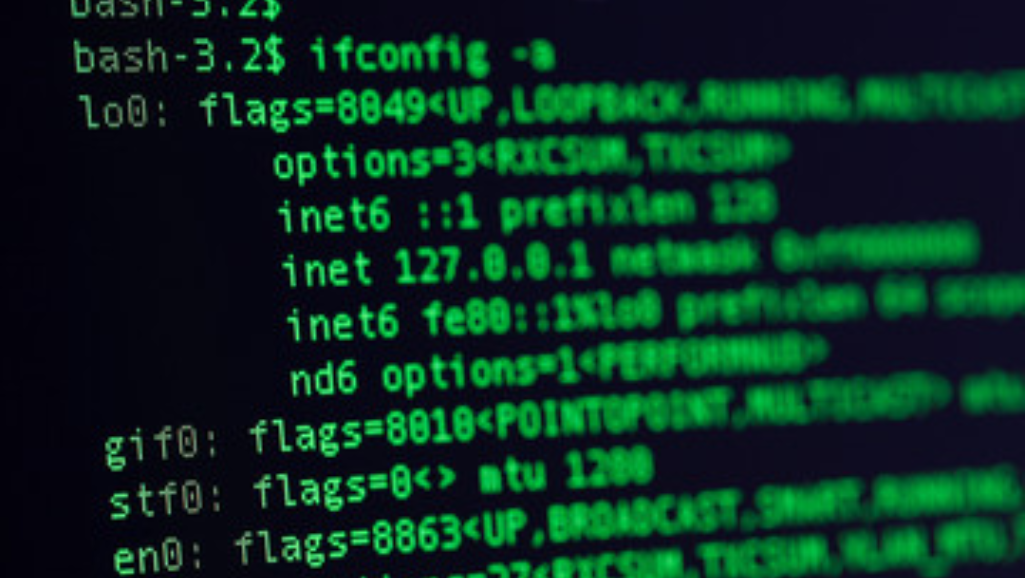If you want the Linux kernel to keep quiet about errors during system startup, there’s a keyword you should know. This article dives into the importance of error-free system initialization and explains how to configure the kernel to suppress error messages. Discover the benefits of avoiding error printing during startup and gain troubleshooting tips for a smooth system launch. Get ready to fine-tune your Linux experience and ensure a seamless startup process.
The Importance of Error-Free System Startup
Ensure a smooth system startup by prioritizing error-free initialization processes. The impact of error messages on system performance cannot be underestimated. When errors occur during system startup, it can lead to delays, system crashes, and even data loss. Therefore, it is crucial to follow best practices for error handling during system startup.
One of the best practices is to minimize the number of error messages that are displayed on the screen during system startup. Excessive error messages not only clutter the screen, but they also consume system resources and can slow down the startup process. By reducing the number of error messages displayed, system performance can be improved.
Another best practice is to ensure that error messages are clear and concise. Unclear error messages can lead to confusion and make it difficult to diagnose and resolve the issue. By providing precise and informative error messages, system administrators can quickly identify the cause of the problem and take appropriate actions to resolve it.
In addition, it is important to implement error handling mechanisms that allow for graceful recovery from errors. This includes techniques such as error logging, error reporting, and error handling routines. By implementing these mechanisms, system administrators can better understand the nature of the errors and take necessary steps to prevent them from reoccurring in the future.
Understanding the Linux Kernel Configuration
To understand the Linux kernel configuration, you need to be familiar with the various kernel configuration options. These options allow you to customize the behavior and functionality of the kernel based on your specific needs. One important configuration option is the error suppression setting, which determines whether the kernel prints errors to the screen during system startup. Understanding and correctly configuring these options is crucial for a smooth and error-free system startup process.
Kernel Configuration Options
You can understand the Linux Kernel Configuration by exploring its kernel configuration options. These options allow you to customize the behavior of the kernel and manage the verbosity of the system log. By adjusting these settings, you can tailor the kernel to meet your specific requirements. One important aspect of kernel configuration is customizing the behavior of the kernel. This involves choosing which features and modules to include or exclude, enabling or disabling certain functionalities, and setting various parameters. Another crucial aspect is managing the system log verbosity. This allows you to control the amount of information that is logged by the kernel, determining whether errors and warnings are displayed on the screen during system startup. By carefully configuring these options, you can optimize the performance and functionality of the Linux Kernel.
Error Suppression Settings
To understand the error suppression settings in the Linux Kernel Configuration, explore the options available to manage the verbosity of the system log. These settings help in controlling the amount of error messages that are printed to the screen during system startup. Here are four important considerations and best practices for error suppression:
- Use loglevel: By setting the loglevel parameter in the kernel boot command line, you can control the level of verbosity. Higher log levels provide more detailed information, while lower levels suppress unnecessary messages.
- Disable printk: Disabling the printk function can help reduce the number of error messages displayed on the screen. However, it is important to note that this may also hide critical error information.
- Utilize dmesg: The dmesg command allows you to view and manage kernel ring buffer messages. This can help you identify and suppress specific error messages.
- Customize syslog: Configure the syslog daemon to filter and prioritize error messages. This can help in managing the volume of error logs.
The Keyword That Controls Error Printing
To understand how the Linux kernel avoids printing errors to the screen during system startup, you need to know about the keyword that controls this behavior. This keyword is known as the “Error Suppression Keyword” or “Silent Error Printing.” By using this keyword, you can prevent error messages from being displayed on the screen, allowing for a smoother startup process.
Error Suppression Keyword
Using the error suppression keyword in the Linux Kernel controls the printing of errors to the screen during system startup. This keyword, known as “quiet”, allows you to suppress error messages and only display essential information. Here are four key points to understand about the error suppression keyword:
- Function: The “quiet” keyword is used to minimize error messages displayed during the Linux Kernel’s boot process.
- Silent Mode: Enabling the “quiet” keyword prevents most error messages from being printed to the screen, ensuring a cleaner startup experience.
- Error Handling: While error messages are suppressed, error handling and logging still occur behind the scenes, allowing for effective debugging and troubleshooting.
- Control: The “quiet” keyword can be adjusted to different levels, providing varying degrees of verbosity, from completely silent to displaying critical errors only.
Silent Error Printing
You can continue the discussion from the previous subtopic about the error suppression keyword by understanding how the keyword ‘quiet’ controls the printing of errors during system startup. The ‘quiet’ keyword is responsible for enabling silent error logging and disabling error messages on the Linux kernel. When this keyword is included in the kernel’s boot parameters, it instructs the system to suppress error messages that would normally be displayed on the screen during startup. This can be useful in situations where you want to minimize the amount of information displayed, especially in production environments where excessive error messages may cause unnecessary panic or confusion. By using the ‘quiet’ keyword, you can ensure a smoother boot process and prevent the screen from being cluttered with error messages.
How to Modify the Kernel to Enable Error Printing
Modifying the kernel involves enabling error printing during system startup. To modify the kernel and enable error printing, you need to follow these steps:
- Access the kernel source code: Begin by obtaining the kernel source code for the specific version you are using. This can typically be found on the official Linux kernel website or through your distribution’s package manager.
- Locate the error printing configuration: Look for the relevant configuration file within the kernel source code. This file is usually named “kernel.h” or “init.h” and is located in the “include/linux” directory.
- Enable error printing: Open the configuration file and search for the option that controls error printing during system startup. This option is typically named “PRINT_ERRORS” or “ENABLE_ERROR_PRINTING”. Set this option to “1” or “true” to enable error printing.
- Recompile and install the modified kernel: Save the changes to the configuration file, recompile the kernel, and install the modified kernel on your system. This process may vary depending on your distribution, so refer to the official documentation for detailed instructions.
Enabling error printing during kernel initialization can be useful for troubleshooting system startup issues. However, it is important to note that there are consequences to enabling error messages during this phase. The increased verbosity may cause the boot process to take longer, and the error messages displayed on the screen can be overwhelming for inexperienced users. Therefore, it is recommended to enable error printing only when necessary and to disable it once the issue has been resolved.
Benefits of Suppressing Error Messages During Startup
To suppress error messages during system startup, one key benefit is the ability to streamline the boot process and reduce the overwhelming amount of information displayed on the screen. When error messages are suppressed, the system can complete the startup process more quickly as it does not need to pause for the user to acknowledge or troubleshoot each error. This can be especially beneficial in large-scale deployments or server environments where time is of the essence.
By suppressing error messages, the boot process becomes more efficient and less cluttered. Instead of being bombarded with numerous error messages that may not be relevant to the user, only critical errors are displayed. This allows for a more focused and streamlined troubleshooting experience. It also helps to prevent information overload, allowing the user to concentrate on more important tasks.
However, it is important to note that suppressing error messages during startup may have its disadvantages. Without error messages, it becomes more challenging to identify and diagnose potential issues. Therefore, alternative methods for error handling during startup should be considered. These alternatives may include logging error messages to a file or sending them to a remote monitoring system for analysis. By implementing these alternative methods, the benefits of suppressing error messages can still be achieved while maintaining the ability to identify and address any potential issues that may arise during the boot process.
Troubleshooting Tips for Error-Free System Initialization
To ensure an error-free system initialization, troubleshoot any issues by carefully reviewing the system logs. By following the troubleshooting techniques below, you can identify and resolve common system initialization errors efficiently:
- Check System Logs: Start by examining the system logs for any error messages or warnings during the initialization process. Logs provide valuable insights into the root cause of the problem.
- Inspect Configuration Files: Review the configuration files relevant to system initialization, such as
/etc/inittabor/etc/rc.local. Verify that the settings are correct and match the intended system configuration. - Test Hardware: Perform hardware tests to determine if any faulty components or connections are causing initialization errors. Check for loose cables, malfunctioning devices, or incompatible hardware.
- Utilize Debugging Tools: Employ debugging tools like
straceorsysdigto trace system calls and identify any issues during the initialization process. These tools provide detailed information about system behavior and help pinpoint the source of errors.








